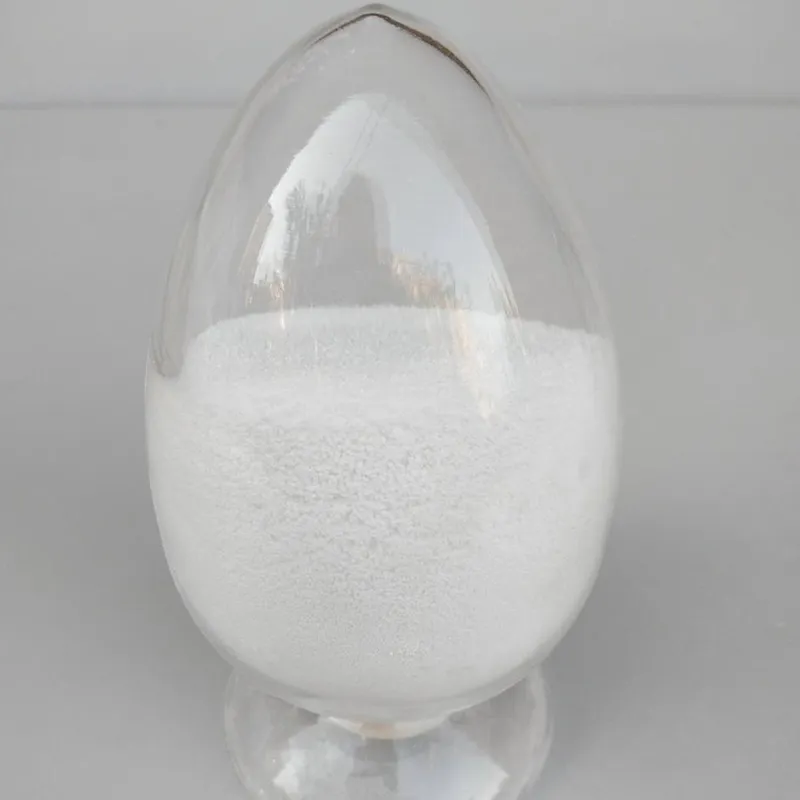
preservatives used in food
The Role of Preservatives in Food A Balancing Act
In the modern world, food preservation has become a crucial aspect of the food industry. As we juggle busy lifestyles and increasing consumer demands, the need to ensure food safety and prolong shelf life has led to the widespread use of preservatives in food products. While these chemical additives are often necessary, understanding their role and implications is vital for making informed dietary choices.
What Are Preservatives?
Preservatives are substances added to food to prevent spoilage caused by microorganisms, such as bacteria, mold, and yeast, or oxidative processes, which can lead to rancidity. They can be broadly categorized into two groups natural preservatives and synthetic preservatives.
Natural preservatives include some substances derived from plants such as vinegar, salt, sugar, and lemon juice, and have been used for centuries. Synthetic preservatives, on the other hand, are artificially manufactured chemicals designed to effectively inhibit the growth of harmful microbes or slow down oxidation.
The Benefits of Preservatives
1. Food Safety One of the primary benefits of preservatives is their ability to ensure food safety. By preventing the growth of pathogens, preservatives help to minimize the risk of foodborne illnesses, which can be severe or even life-threatening. This is particularly important for perishable items such as dairy, meats, and prepared meals.
2. Extended Shelf Life Preservatives help to prolong the shelf life of products, making it convenient for consumers who wish to stock up on their favorite foods without the fear of them spoiling quickly. This also plays a crucial role in reducing food waste – a significant issue in many parts of the world.
3. Cost-Effectiveness By extending the shelf life of food products, preservatives contribute to cost savings for both manufacturers and consumers. Foods that last longer mean fewer trips to the grocery store and less money spent on replacements.
4. Maintaining Quality Preservatives often help maintain the flavor, color, and texture of food items, ensuring that they remain appealing to consumers. This is especially important in the highly competitive food market, where appearance and taste can dictate purchasing decisions.
The Controversy Surrounding Preservatives
preservatives used in food

Despite their benefits, the use of preservatives has generated considerable debate. Some consumers are concerned about the potential health risks associated with synthetic additives, with various studies linking certain chemicals to adverse health effects. For example, sodium nitrite, commonly used in processed meats, has been associated with an increased risk of certain cancers.
Additionally, the rise of the organic and clean-label movements has led many consumers to seek out products free from artificial preservatives. As a result, manufacturers are increasingly reformulating their products to appeal to this market, opting for natural alternatives that may be perceived as healthier, albeit sometimes less effective.
Regulatory Oversight
Recognizing the need for consumer protection, regulatory agencies such as the Food and Drug Administration (FDA) in the United States and the European Food Safety Authority (EFSA) closely monitor the use of preservatives. These organizations establish guidelines on permissible levels of various preservatives and assess their safety based on scientific research.
However, the use of preservatives remains a gray area in food labeling, as many consumers may not fully understand the significance of certain terms. For example, terms like natural or no added preservatives can sometimes be misleading, as natural does not always equate to safe, and some foods may still contain minimal amounts of preservatives even if they are labeled as such.
Making Informed Choices
As consumers, the key to navigating the world of food preservatives lies in education. Reading food labels can provide insights into what's in our food. Familiarizing ourselves with common preservatives and understanding their functions can empower us to make better choices that align with our health goals.
Moreover, cooking at home and using fresh, whole ingredients can significantly reduce our intake of preservatives while allowing us to control what goes into our meals. As awareness grows and demand shifts, the food industry will likely continue adapting, balancing the need for preservation with consumer preferences for clean and safe food options.
Conclusion
Preservatives play an essential role in the contemporary food landscape, providing safety, extending shelf life, and maintaining quality. While concerns surrounding certain additives persist, regulatory oversight helps ensure consumer safety. By staying informed and making conscious food choices, consumers can navigate the complexities of food preservatives while enjoying the benefits they provide.
-
Buy High-Quality Trichloroisocyanuric Acid for Sale | TCCA 90% SupplierNewsAug.30,2025
-
Pure Sodium Dichloroisocyanurate Dihydrate | Powerful DisinfectantNewsAug.29,2025
-
Industrial Chemicals: Quality & Purity for Every IndustryNewsAug.28,2025
-
Nitrile Rubber Honoring Strict Production StandardsNewsAug.22,2025
-
Aspartame Ingredients Honoring Food Safety ValuesNewsAug.22,2025
-
Fertilizer for Balanced Plant NutritionNewsAug.22,2025
-
Cyanide Gold Processing with High Purity AdditivesNewsAug.22,2025
Hebei Tenger Chemical Technology Co., Ltd. focuses on the chemical industry and is committed to the export service of chemical raw materials.
-

view more DiethanolisopropanolamineIn the ever-growing field of chemical solutions, diethanolisopropanolamine (DEIPA) stands out as a versatile and important compound. Due to its unique chemical structure and properties, DEIPA is of interest to various industries including construction, personal care, and agriculture. -

view more TriisopropanolamineTriisopropanolamine (TIPA) alkanol amine substance, is a kind of alcohol amine compound with amino and alcohol hydroxyl, and because of its molecules contains both amino and hydroxyl. -

view more Tetramethyl Thiuram DisulfideTetramethyl thiuram disulfide, also known as TMTD, is a white to light-yellow powder with a distinct sulfur-like odor. It is soluble in organic solvents such as benzene, acetone, and ethyl acetate, making it highly versatile for use in different formulations. TMTD is known for its excellent vulcanization acceleration properties, which makes it a key ingredient in the production of rubber products. Additionally, it acts as an effective fungicide and bactericide, making it valuable in agricultural applications. Its high purity and stability ensure consistent performance, making it a preferred choice for manufacturers across various industries.





